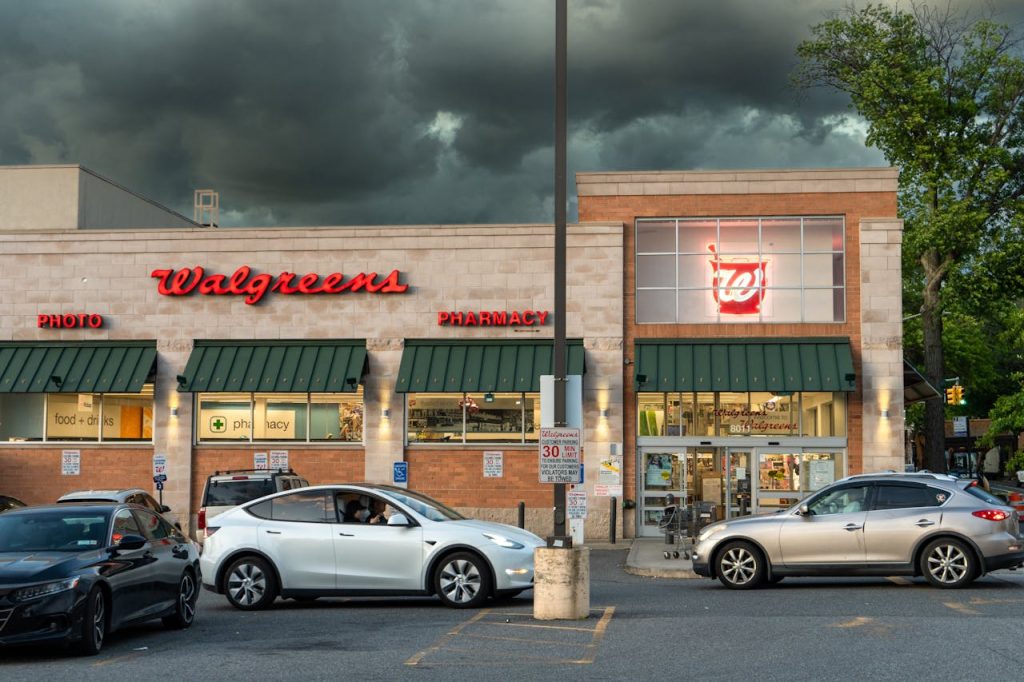
Shoppers across the country are seeing a wave of iconic flagship store closures, and it’s raising real concerns about the future of retail. For many, these stores aren’t just places to shop—they’re landmarks, gathering spots, and symbols of bustling city life. When a flagship closes, it signals more than just a business decision; it can reshape entire neighborhoods, impact local jobs, and change how people experience their favorite brands.
Understanding why these famous stores are closing helps consumers make smarter choices about where to shop, how to budget, and what to expect from the evolving retail landscape. The reasons behind these closures are complex, but they offer valuable lessons for anyone who wants to stay ahead of the curve. Let’s break down the real-world factors driving these changes and what they mean for your wallet and community.
1. Macy’s Herald Square: The Struggle with Soaring Costs
Macy’s Herald Square in New York City has long been a retail icon, drawing millions of visitors each year. Yet, even this legendary location isn’t immune to brick-and-mortar stores’ pressures. In 2024, Macy’s announced plans to close several flagship locations, including Herald Square, citing unsustainable operating costs and shifting consumer habits.
Rising rent and property taxes in Manhattan have made it nearly impossible for even the biggest retailers to turn a profit. For example, commercial rents in Midtown have climbed in the past five years, squeezing margins for all but the most profitable stores. As more shoppers turn to online options, foot traffic has dropped by nearly 30% since 2019, making it harder for flagships to justify their massive overhead.
For readers, this means fewer in-person shopping experiences and potential job losses in local communities. If you rely on flagship stores for special events or unique products, now is the time to explore alternative shopping options or support smaller local businesses.
2. Nordstrom San Francisco: Urban Challenges and Changing Demographics
Nordstrom’s flagship in San Francisco’s Westfield Mall was once a destination for luxury shoppers. However, the store closed its doors in 2023, highlighting the growing challenges of operating in urban centers. Retail crime, declining downtown foot traffic, and a shift in local demographics all played a role.
San Francisco’s downtown has seen a drop in office occupancy since the pandemic, leading to fewer daily shoppers. Retail theft has also surged, with reported incidents up year over year, making it harder for stores to maintain profitability and safety. These issues aren’t unique to San Francisco—many urban flagships are facing similar pressures.
For consumers, this means fewer choices in city centers and a need to plan shopping trips carefully. Consider using online ordering with in-store pickup or supporting suburban locations that may be more stable.
3. Bed Bath & Beyond: The Impact of E-Commerce Giants
Bed Bath & Beyond’s flagship closures are a direct result of the relentless rise of e-commerce. The company filed for bankruptcy in 2023, shuttering its flagship stores and hundreds of other locations. Online competitors like Amazon and Walmart have captured a significant share of the home goods market, offering lower prices and faster delivery.
In 2022, e-commerce accounted for nearly 22% of all retail sales in the U.S., up from just 14% in 2018. This shift has left traditional retailers struggling to compete, especially those with large, expensive flagship stores.
Shoppers should take advantage of online deals but also be aware of the risks, such as counterfeit products or delayed shipping. Comparing prices and reading reviews can help you make smarter purchasing decisions in this new retail environment.
4. Saks Fifth Avenue: Luxury Retail Faces a New Reality
Saks Fifth Avenue plans to close some locations, surprising many loyal customers. The luxury sector isn’t immune to the pressures facing retail, especially as high-end shoppers increasingly prefer online or boutique experiences.
Changing consumer preferences, especially among younger shoppers, are driving this trend. Millennials and Gen Z are more likely to shop online or seek out unique, personalized experiences rather than traditional department stores. For readers, this means luxury shopping is shifting online, and exclusive in-store events may become rarer.
If you value in-person luxury shopping, look for pop-up events or smaller boutique locations that offer a more curated experience.
5. Walgreens Times Square: Safety and Security Concerns
Walgreens’ flagship in Times Square was once a 24/7 hub for tourists and locals alike. However, the store closed in 2023, citing rising theft and safety concerns. Retail crime in New York City has increased by 17% over the past two years, making it difficult for stores to operate profitably and safely.
For everyday shoppers, this means fewer late-night options and longer trips to find essential items. It’s a reminder to plan ahead, especially if you rely on flagship stores for convenience or unique services.
6. Disney Store New York: The Experience Economy Shifts
The New York Times Square Disney Store was famous for its immersive experiences and exclusive merchandise. Yet, even Disney couldn’t escape the changing tides of retail. The flagship closed in 2024 as the company shifted focus to online sales and theme park experiences.
The rise of the “experience economy” means consumers spend more on travel, dining, and entertainment than on traditional retail. Disney’s online store now offers many of the same products once found in its flagship, but the magic of in-person shopping is harder to replicate.
This means planning trips to theme parks or special events for families if you want that unique Disney experience. Online shopping can fill the gap, but it’s not quite the same as visiting a flagship store.
What These Closures Mean for Your Financial Future
The closure of flagship stores signals a major shift in how Americans shop, work, and connect with their communities. As retail continues to evolve, consumers need to adapt by exploring new shopping options, supporting local businesses, and staying informed about changes in their area.
These closures also highlight the importance of budgeting for online purchases, being vigilant about retail scams, and seeking out unique experiences in new ways. Understanding the forces behind these changes allows you to make smarter decisions that protect your wallet and support your community.
How have flagship store closures changed your shopping habits? Share your experiences and tips in the comments below.
Read More
6 Reasons You Should Always Get Your Taxes Done Early
DIY Financial Planning Software
The post Why These 6 Famous Stores Are Closing Down Their Flagships appeared first on The Free Financial Advisor.







